Riding into Marseilles this morning we must’ve taken every backstreet and lane. We were heading for the city centre to meet a guide for a walking tour but the traffic was horrendous so we were about five minutes late. After finding a park along the street we decided to do our own tour. So we headed for a boulangerie for a coffee and a croissant. The best way to start the day. Nest stop was the Tourist Office for a map and some ideas of what to do for our day in Marseilles.

Along the harbour front Christmas markets, ferris wheels and Santa’s train signaled that Christmas was on its way. A long line of tables stretched out along the wharf were filled with all different sorts of fish many of which we’d never seen before. Fish flapped and tried to swim in the shallow water on the tables as local fishermen tried to sell their catch. Marseilles is famous for its bouillabaisse and many of these strange looking fish will most likely become the base for this dish. Sadly we could not afford to try it out as they charge about $40 at least for it.
Port Vieux Pavilion
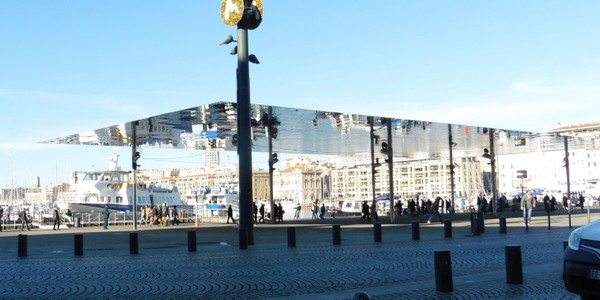
Port Vieux Pavilion measures nearly 150 feet (46 meters) long and is made of highly polished stainless steel. It manages to reflect both the people under it and give you glimpses of the harbour. It was esigned by David Foster and Partners who are also responsible for the Millau Viaduct that we saw the other day and really gives a lift to the area.
Marseilles Tourist Train
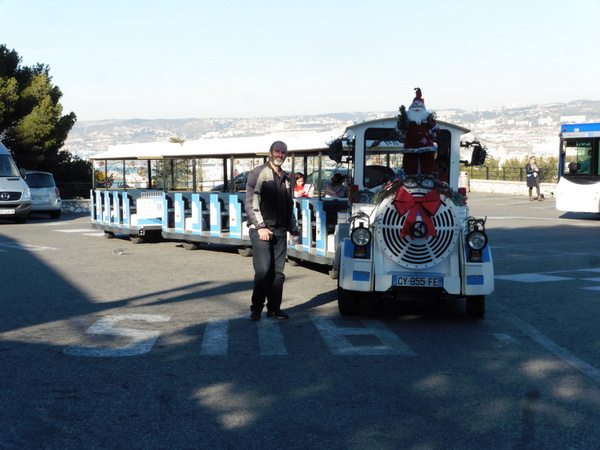
After sitting on the bike all day yesterday we decided to take a tour. So after comparing the prices of the different hop-on hop-off buses and the tourist train we decided to go with the train. The Tourist Train cost just €8 and took your around the harbour and up the the Basilica Notre Dame de La Garde which we were really interested in visiting.
It was a perfect day for the train with bright sunshine beaming down. We just sat back and enjoyed the ride. The commentary was in French, English and Spanish and told us all about the history and sights of Marseilles.
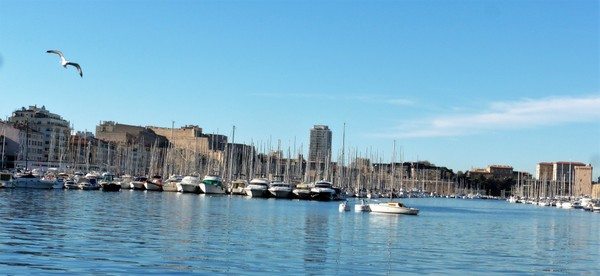
As we wound around the port the commentary told us that Marseilles was settled 2,600 years ago by Greeks. It was quite amazing considering how far away Greece is. The Romans too settled in Marseille and established a profitable trading port.
We passed the 17th century St Nicholas fort, 17th century fort St Jean and 12th century Tower René I. They were all built to protect the harbour.
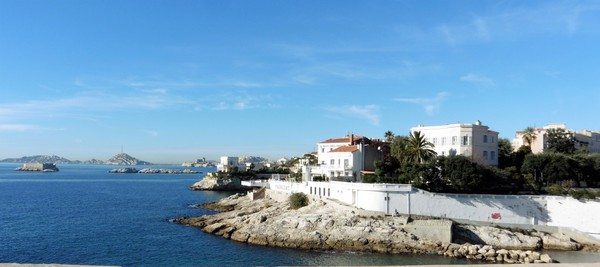
At Place Des Catalans the lovely beaches had views across the bay to the offshore islands. The island of If is fortified to protect the coastline. It’s the setting for Alexander Dumas’ famous novel ” The Count of Monte Cristo”. The Château d’If was used as a prison and described as escape proof, much like Alcatraz. Off the coast there are a four small islands in the Frioul archipelago of which the island of If is the smallest.
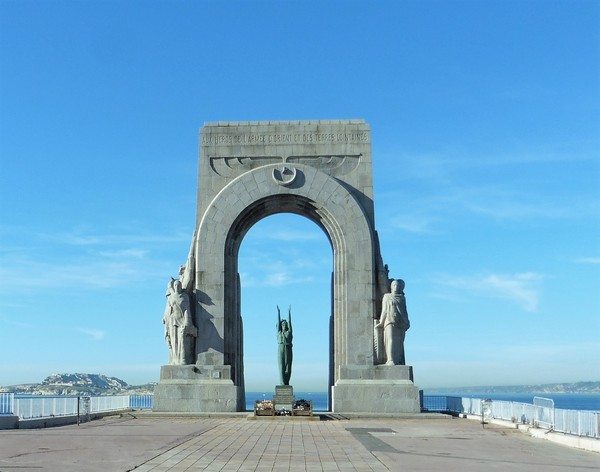
The train passed through the Corniche area, home to lots of 19th century luxury villas as it traced the coastline.
There were great views across the bay and we passed lots of cafe’s filled with people drinking coffee and soaking up the sun.
Basilica Notre Dame de La Garde
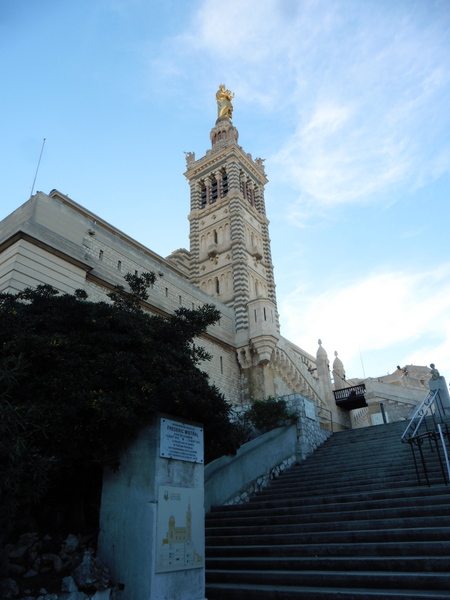
At Avenue des Roches we started the slow climb up the hill towards the Basilica Notre Dame de La Garde. It was quite surprising how steep and bumpy the road was.
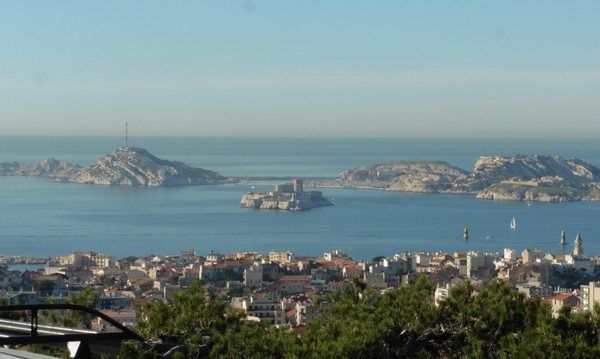
At the top we had a magnificent view across Marseilles and the bay. The original church was built in the 13th century but the current Basilica was finished in 1864. Built in Neo-Byzantine style the basilica is beautiful On top of the spire sits a gilded statue of the Virgin Mary and child. It’s covered in 30,000 gold leafs and known locally as the virgin and kid. The interior of the basilica is built from red and white marble.

The domes are decorated with mosaics depicting biblical scenes. On all there’s about 12 million tiles all up.

The most unique thing about it though is the array of evotives giving thanks for salvation from different calamities. Most are in the form of paintings and there are dozens depicting shipwrecks, fires, floods, cars, railway accidents and political unrest showing some sort of divine intervention to save people. Covering every space on the walls, ships hinging from the roof it gives the Basilica quite a bizarre feel.
As the train headed back down the hill we realised just how steep the hill was. In 1892 a hydraulic lift was installed to transport people up the hill to the basilica designed by Gustav Eiffel. It set a world record for the amount of visitors to use it.
On the way down we passed a WWII Sherman tank in a park halfway up the steep hill. The tank named Jean D’Arc was knocked out whilst trying to attack the German fortifications at the basilica.
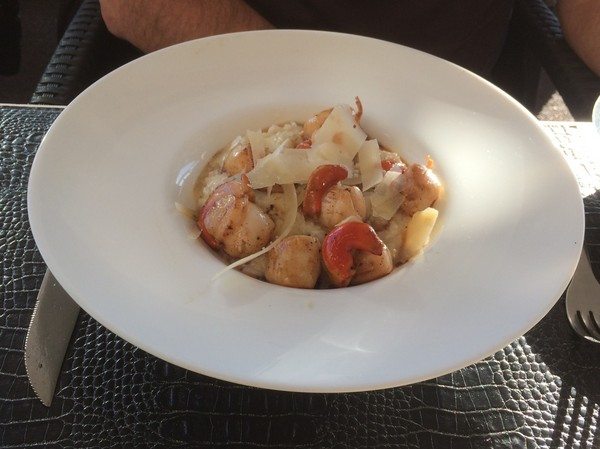
Arriving back at the harbour we headed for lunch along the restaurant strip. There were a lot of overpriced restaurants along the harbour’s edge especially the ones selling bouillabaisse. We choce somewhere that was filled with locals sadly the promise of nice fresh seafood faded to an overpriced overcooked meal but it looked good lol.
Fort Nicholas
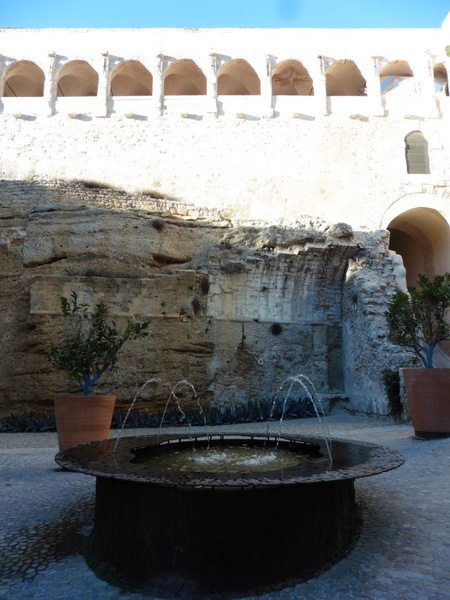
After lunch we took a walk through some of the old section down to Fort Nicholas. It’s been nicely restored with the installation of lifts to assist with getting around. There’s beautiful open areas which have been redeveloped and a funky new cafe.
Museum of European and Mediterranean Civilisations

A concrete bridge connects the fortress with the nearby Museum of European and Mediterranean Civilisations. It’s a controversial new building which has everyone in Marseilles up in arms. The building is shaped like a huge glass cube encased in a net of grey concrete and steel. The locals hate it and it’s quite understandable, as I’m with them. Michele however is in the increasing minority who like it.
Cathedrale de la Major
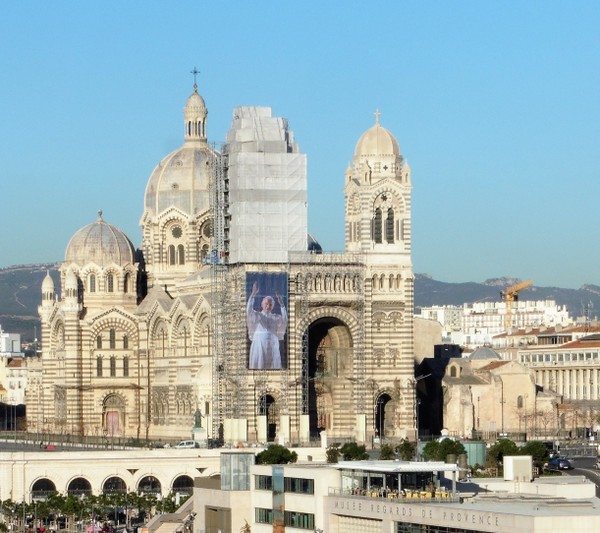
Our last stop was the Cathedrale de la Major, the massive cathedral of the catholic church.

Built in Byzantine style in the mid 1800’s the cathedral is one of the largest in France. Unfortunately work was being conducted on the facade so we had to step around scaffolding on our way in.
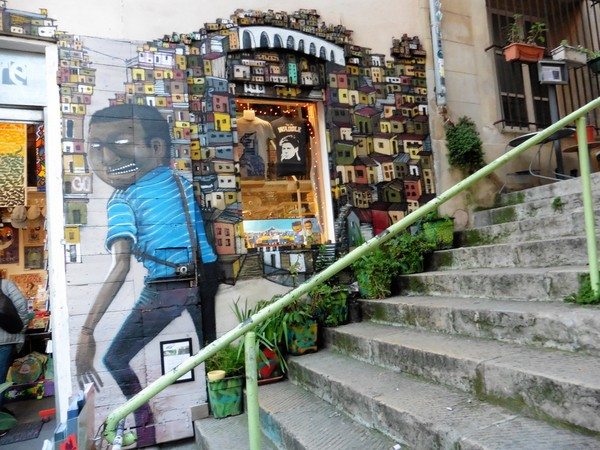
After a bit of footslogging it was time to get on the bike and head back to the hotel in Aix-en-Provence. Tomorrow we head to Hyères on the coast for a few days before heading east towards Italy.

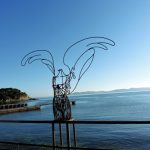
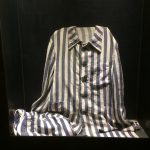

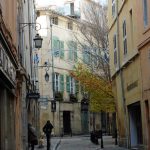
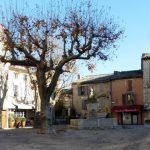
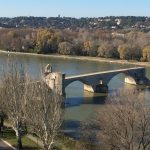
I think I’m with you Ron on the concrete bridge. It looks lovely but it blocks the beautiful view.